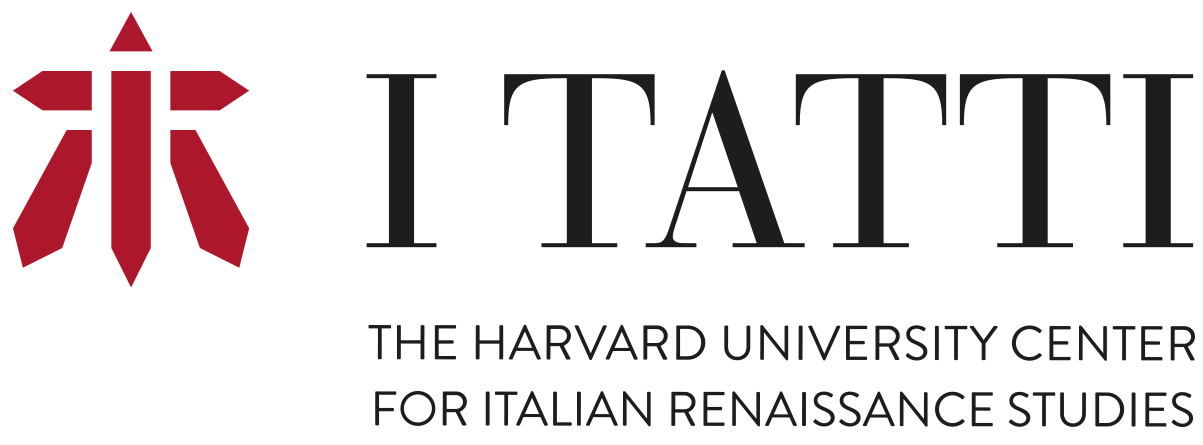Cristiano Zanetti
Engineering the Engineer in Renaissance Milan
2018-2019

Biography
Cristiano Zanetti received his PhD from the European University Institute in 2012, where he wrote a prize-winning dissertation on Janello Torriani, also known as Juanelo Turriano (Cremona, Italy ca. 1500 – Toledo, Spain 1585), the greatest, yet largely forgotten, Renaissance inventor and constructor of machines. This was published as Janello Torriani and the Spanish Empire: A Vitruvian Artisan at the Dawn of the Scientific Revolution (Brill, 2017). A medieval historian by training, Cristiano also worked for a decade as field archaeologist. He has published monographs and articles on medieval archaeology and Renaissance science and technology, and is active in public history projects to disseminate the results of his research, which focuses primarily on the social and cultural history of technological innovation in the long Rcenaissance.
Project Summary
Milan and its duchy offer a unique yet overlooked context in which to study Renaissance mechanics and related professions. One of the largest European cities of that time, Milan held a distinctive geopolitical position at the crossroads of trade routes and political networks. Since the fourteenth century, we find in Milan the institution of the public office of “engineers and architects”, and from the beginning of the sixteenth century, the oldest record in the world concerning a guild of architects and engineers. Milan and its court also attracted engineers from northern Europe and Vitruvian artisans from central Italy who engaged in a prolific competition with the local master builders. Milan is also the place where a working planetary automaton, portable watches, a printed illustrated vernacular edition of Vitruvius’ De Architectura, and innovative machine-tools to cut gears and to turn hard stones and ivory first appeared. Moreover, Milan served as the stage for an important humanist school: the Scuole Piattine, where Girolamo Cardano, one of the most influential sixteenth-century epistemologists dealing with machines, also taught mathematics. At the university of the duchy, based in Pavia, humanists circulated important manuscripts and drawings on machines long before any printed edition. In this regard, historians of technology have so far neglected the impact that Leonardo da Vinci’s manuscripts—through Francesco Melzi and Pompeo Leoni—had on the thriving Milanese mechanical environment.
